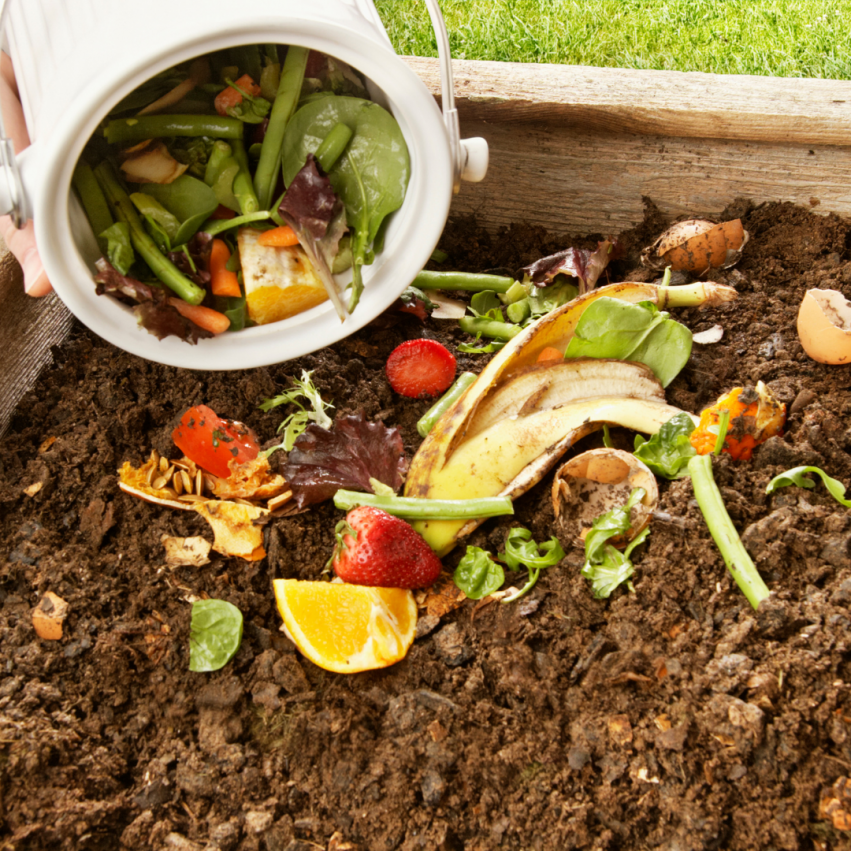9 Tips for An Easy-Care Landscape for Spring
Most people will agree that being cooped up for too long inside the four corners of your home can be a challenge. Yeah, the pandemic AND the cold weather can do you that you, and now that Spring is finally here, it’s time to go out and relax in your outdoor space!
Ah, yes, the natural beauty of the Spring season! Now that you can run around your yard and stop to smell the flowers (literally and figuratively), it’s the best time to tackle a bit of yard work, too, like creating an easy-care landscape for the new season! And these simple gardening tips will help keep the maintenance to a minimum while also creating a beautiful landscape you’ll enjoy throughout the year!
Here are nine tips for an easy-care DIY landscape for Spring.
Get to Know Your Yard
Take the time to know your site– weather, light, and soil conditions. When you choose plants that pair to your yard’s growing conditions, you can be sure they’ll need less help from you to thrive! A quick-draining soil will require different species of plants from damp, shaded spaces, so be sure to check, research, and get to know your yard!
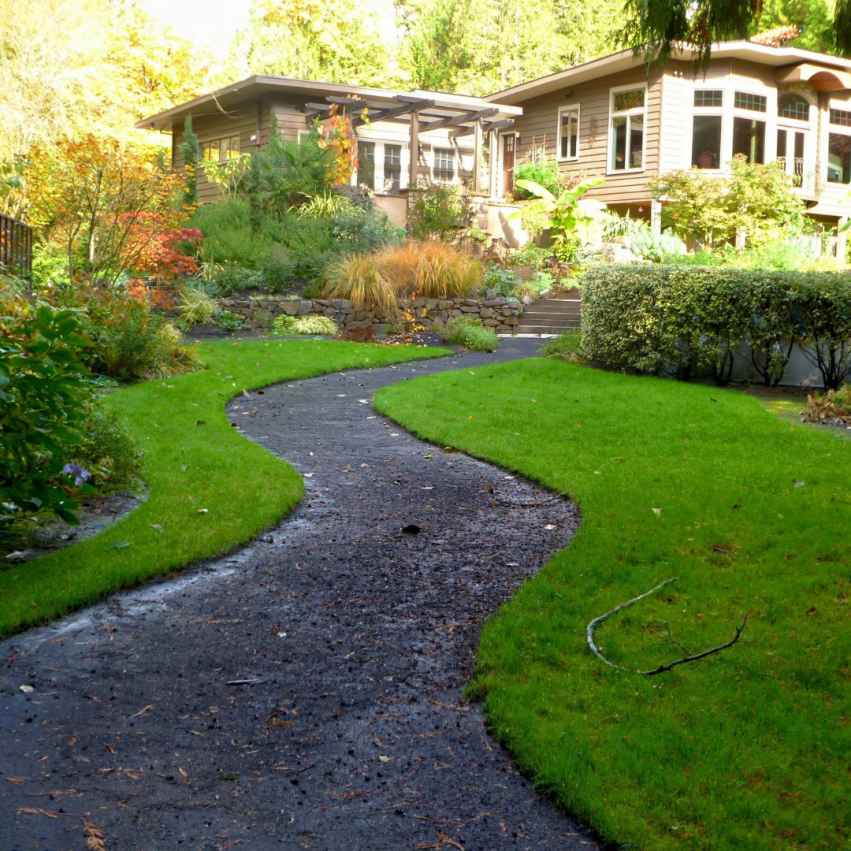
Create a Master Plan
A well-thought plan beats a skilled worker. In fact, even just a simple sketch of your property will do the trick. Start by including any structures, existing trees and shrubs, and garden elements. You can also add outdoor living areas, pathways, and other elements like swing sets or a vegetable garden. Don’t hesitate to include areas that you are not ready to install but would like to build in the future. The master plan will be essential in creating that perfect landscape.

Go for Trees and Shrubs
Most consider trees and shrubs as the “bones” of a landscape, and these long-lasting woody plants have a significant presence that increases over time– with minimal annual maintenance, btw! So, when choosing, look for varieties that have features that provide year-round interest, such as spring flowers, summer fruit, fall foliage, and interesting bark for brightening up winter.
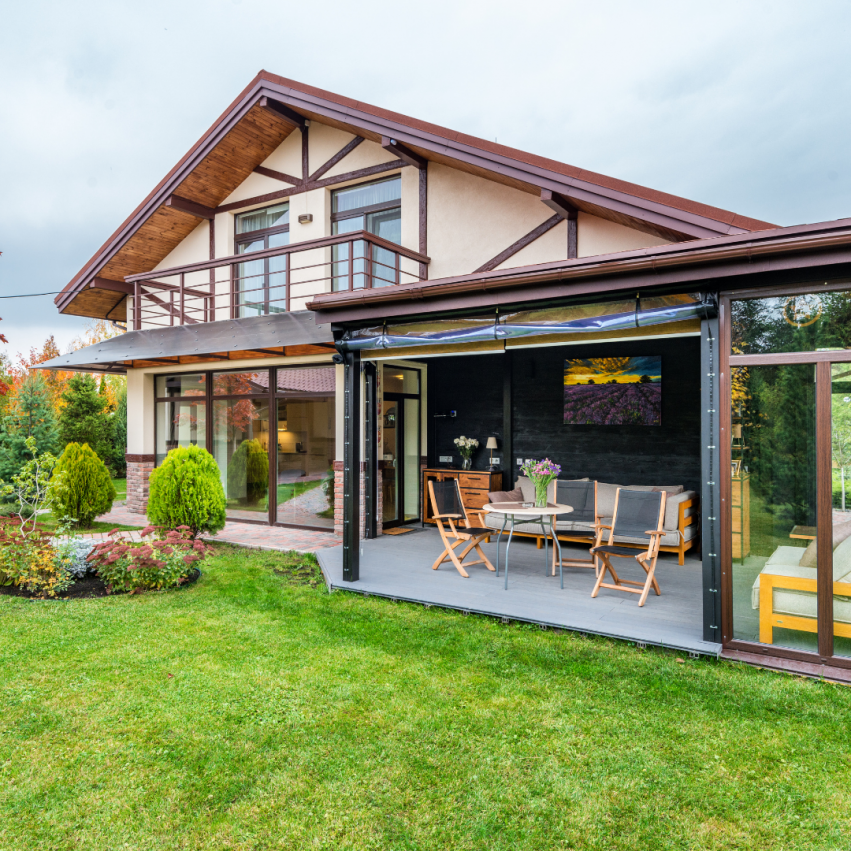
Focus, Focus, Focus
Be sure to focus on creating one or two key garden areas rather than placing multiple beds and borders in all corners of your property. You can go for a perennial-and-shrub border along your front walkway or highlight the area near the front door of your home. The space surrounding your porch, deck, or patio is also a great spot for landscape.
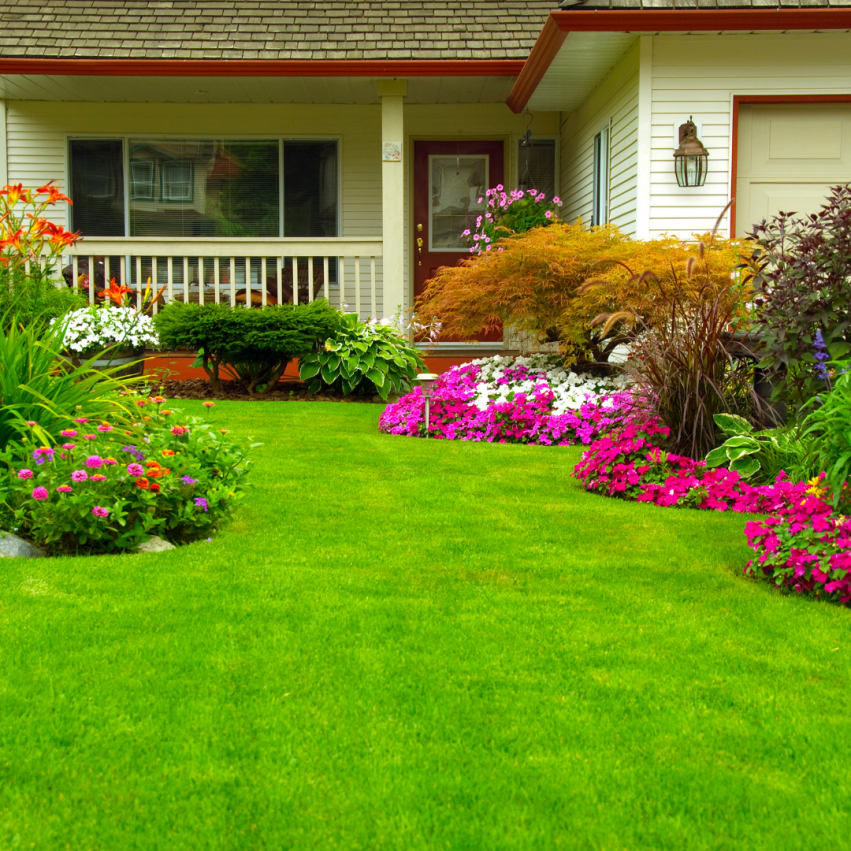
Group Similar Plants Together
It’s important to cluster plants with similar needs. Aside from making the task of watering your plants easier, grouping containers also allow pots to shade one another, which reduces watering, as well. Planting in groups of odd numbers and repeating those plants throughout your beds is most pleasing to the eye.
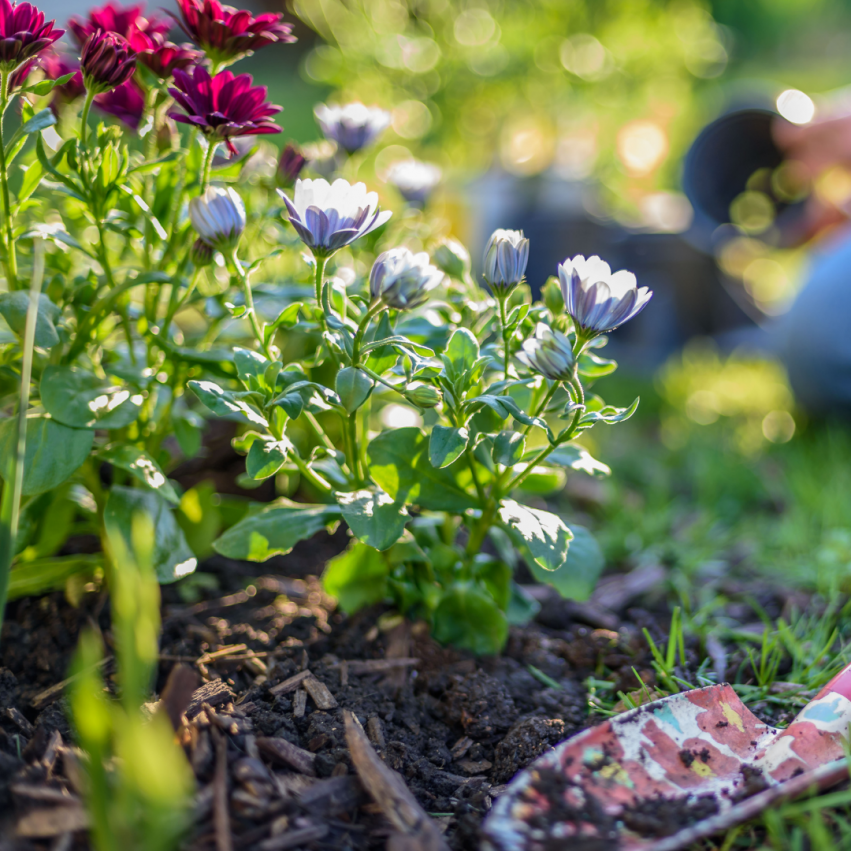
Put Some Borders
Encircle your shrub borders, perennial beds, vegetable patches, and other garden spaces with a border. This task will be as simple as a spaded edge that separates the lawn from your planting beds or use metal edging, stone, or brick to create a lasting border. Doing so will create a defined bed edge that plays two important roles in the landscape– providing a clean finish for your garden areas and preventing grass and other weeds from creeping in.
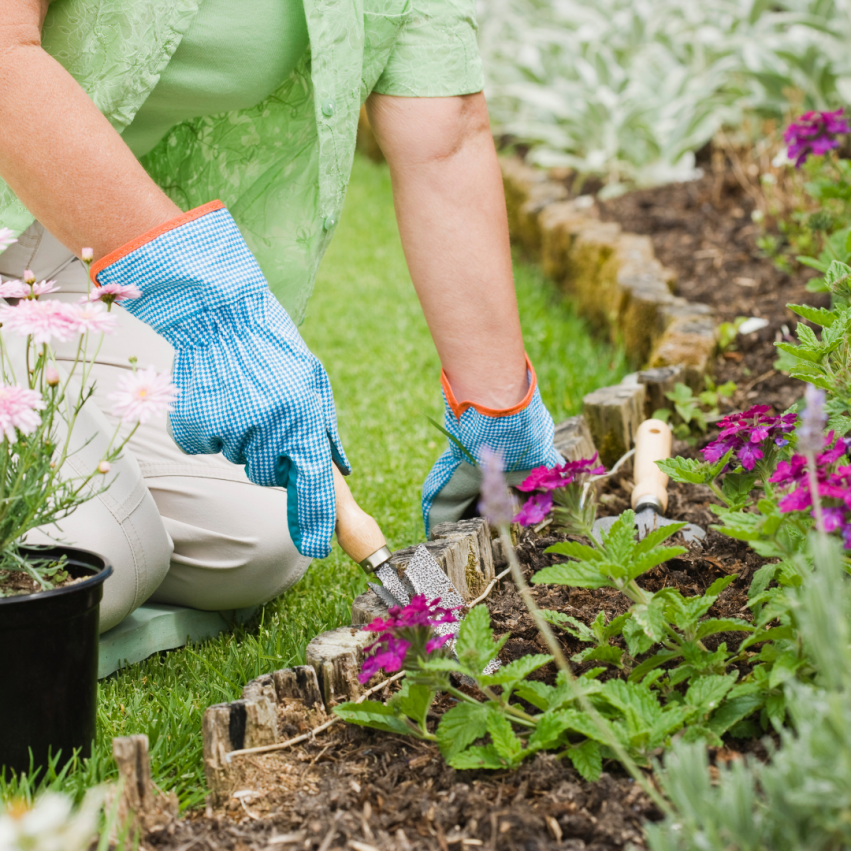
Blanket Your Soil
Leaving your soil bare is an invitation for weeds to move in. Putting a lush groundcover, such as easy-to-grow creeping thyme or low-growing sedum, will add color and texture below perennials and shrubs AND help prevent weed seeds from germinating. A 2- to 3-inch-thick layer of shredded wood mulch, cocoa hulls, or pine straw will also help reduce weeds.
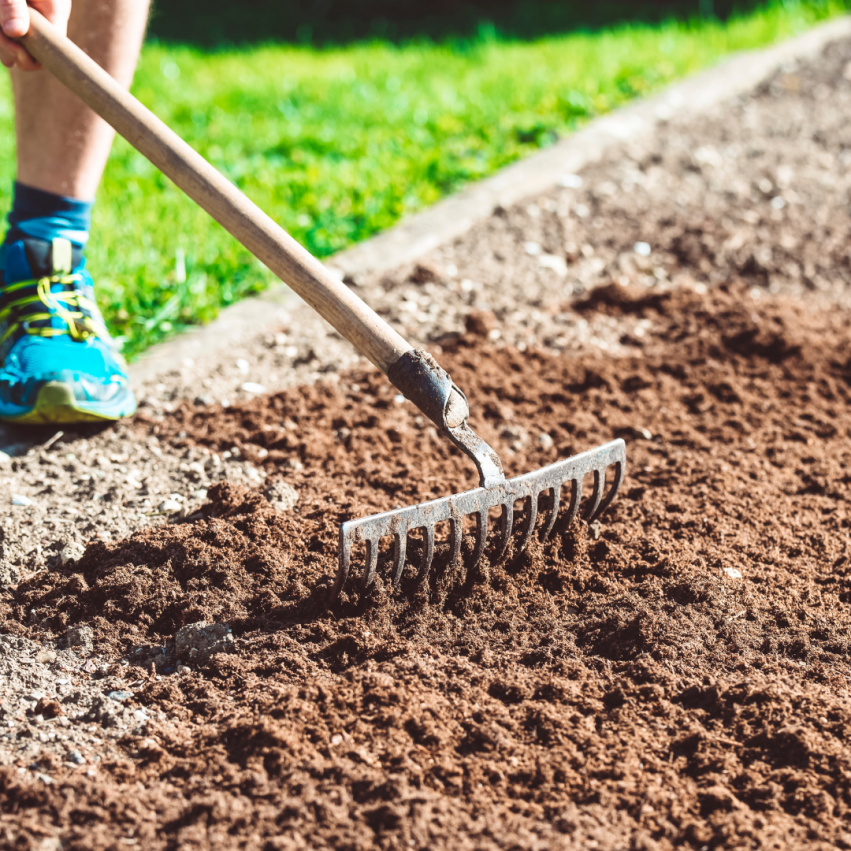
Prune It!
Plan to trim back your plants at least once a year, and you’ll save yourself a bigger hassle down the road when an overgrown shrub or vine demands drastic action. Note that some plants require more pruning, so factor this into your selections as well. The best time to prune flowering trees and shrubs is just after they bloom.
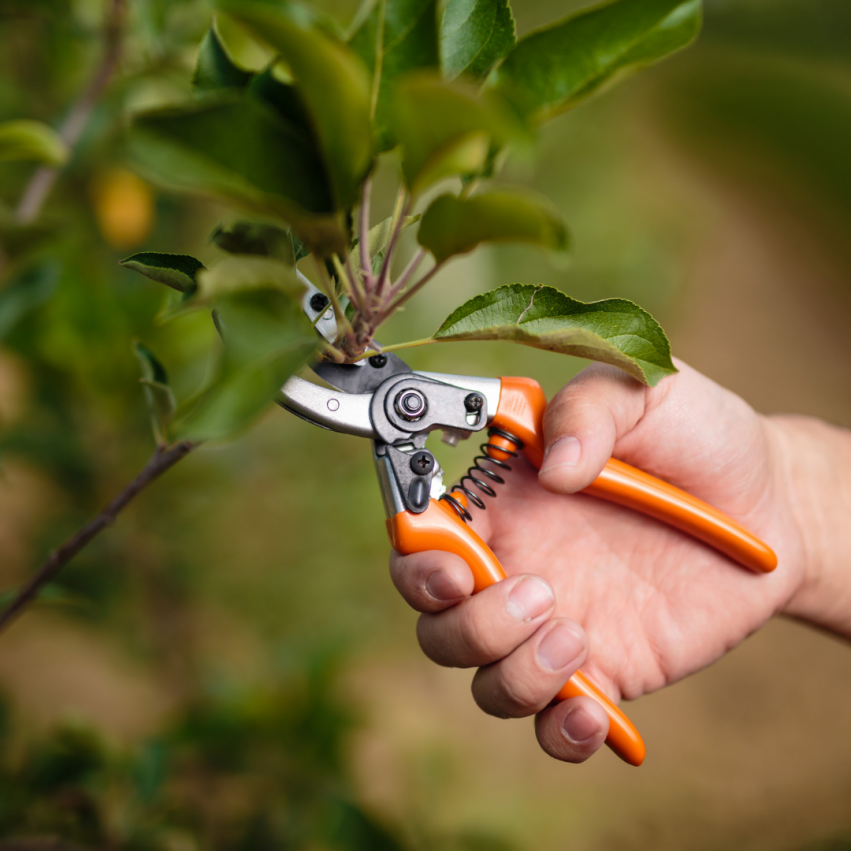
Add Plenty of Compost
Compost is an essential addition to almost any garden, as it is rich in nutrients that plants need to thrive. It helps keep plants healthy, and healthy plants are easier to care for. Find quality compost through your local municipality or garden center, or you could make your own through a DIY compost bin.
